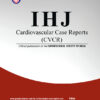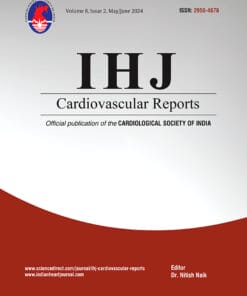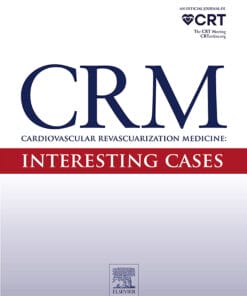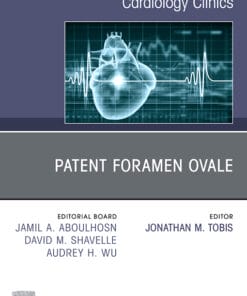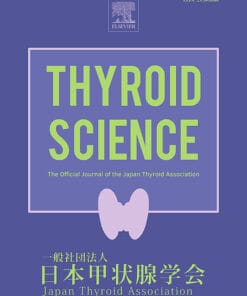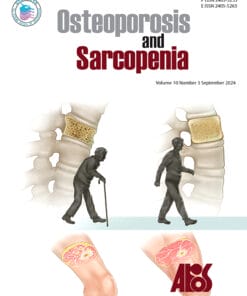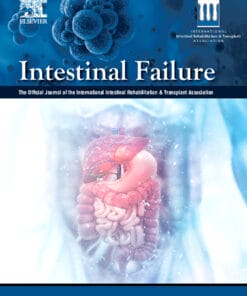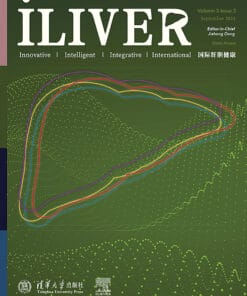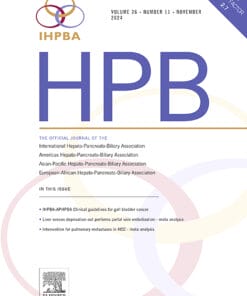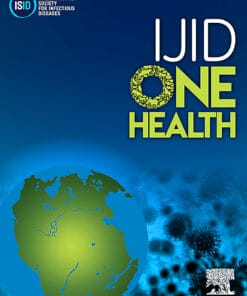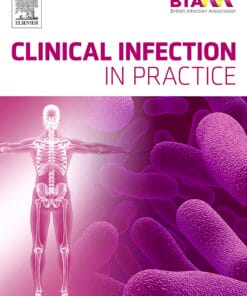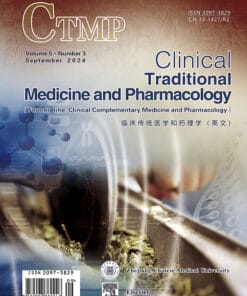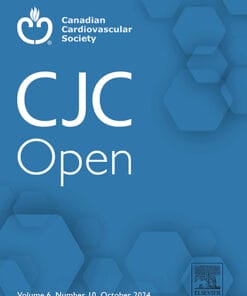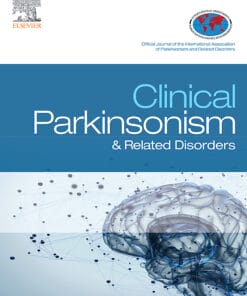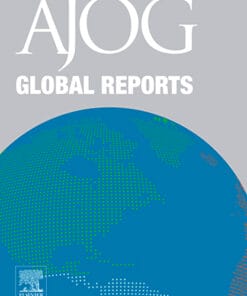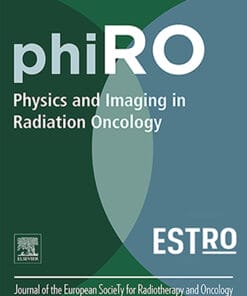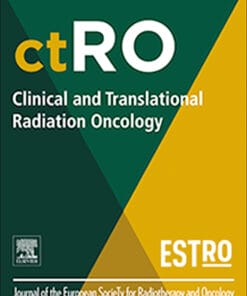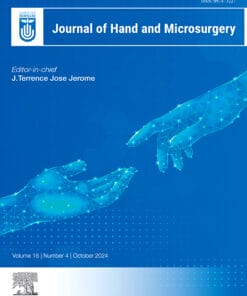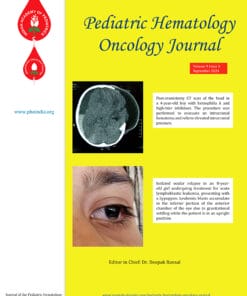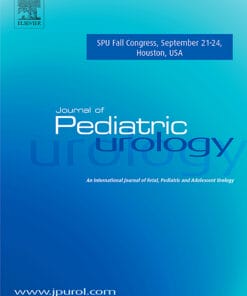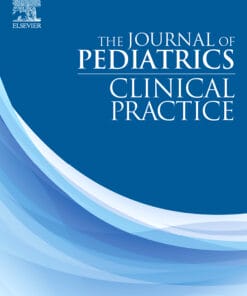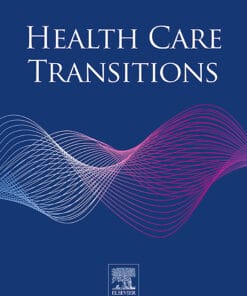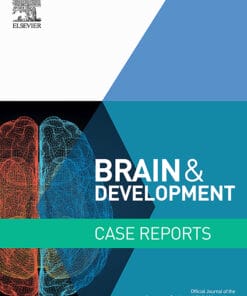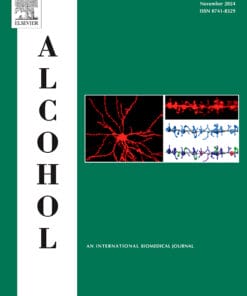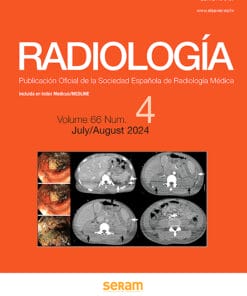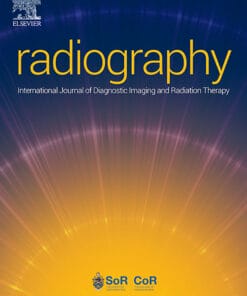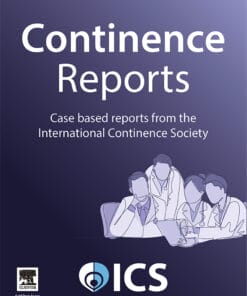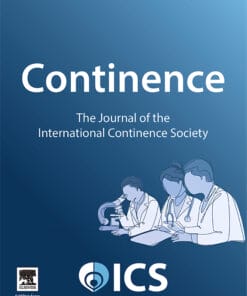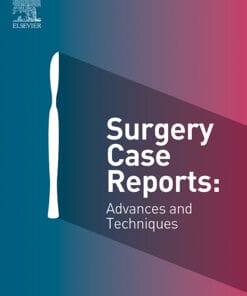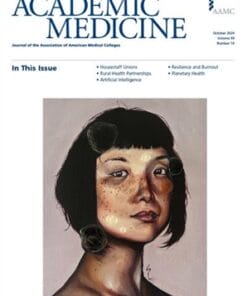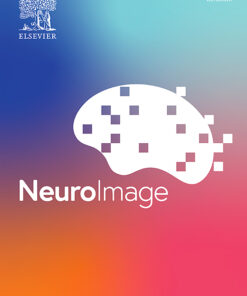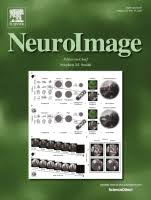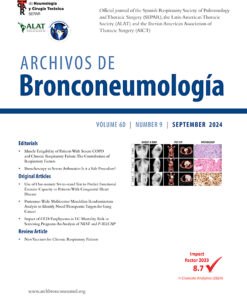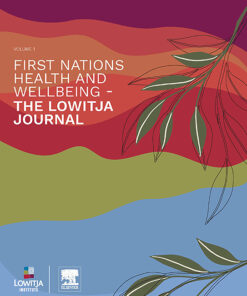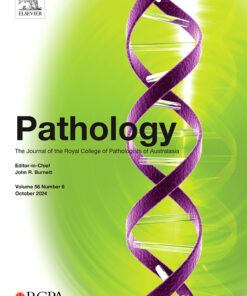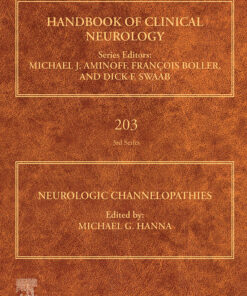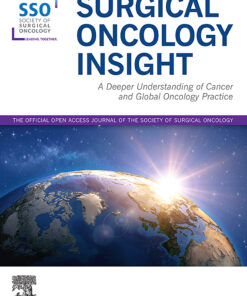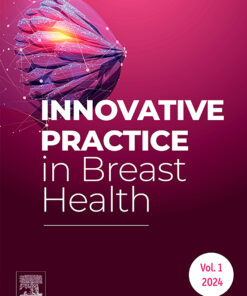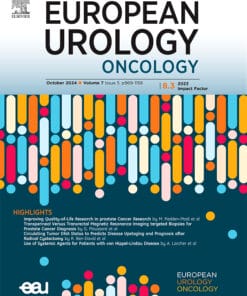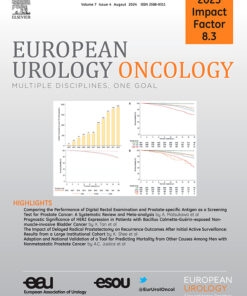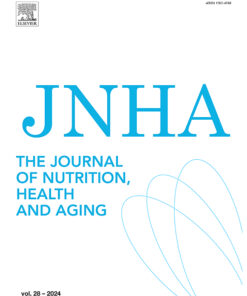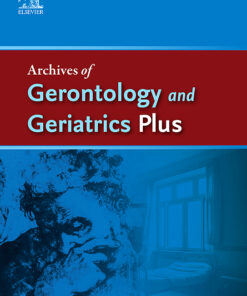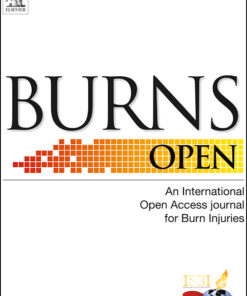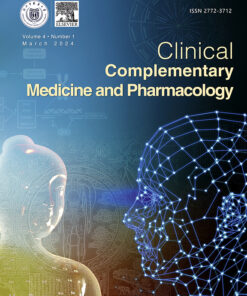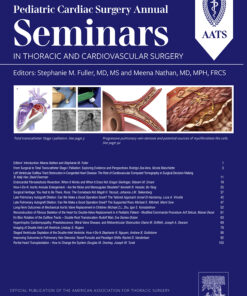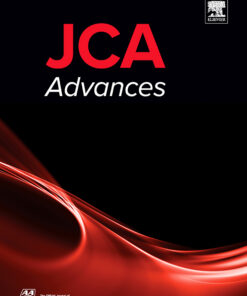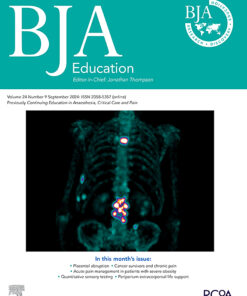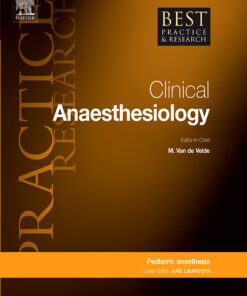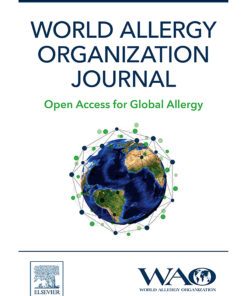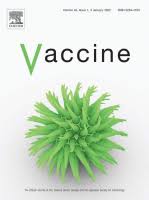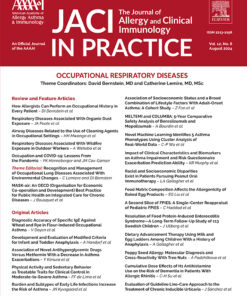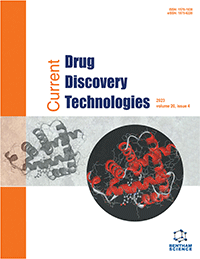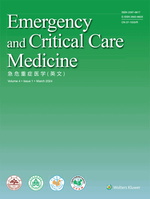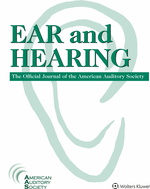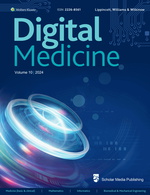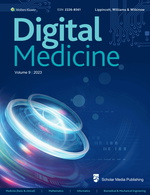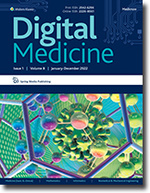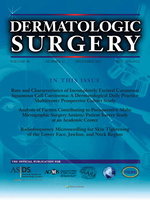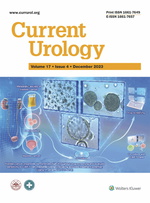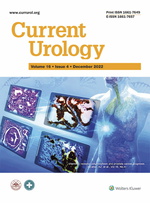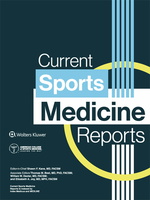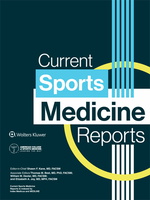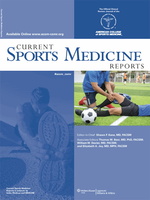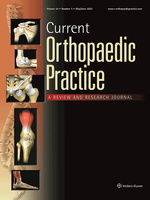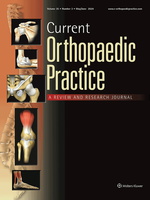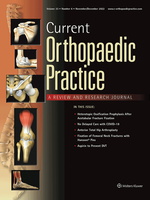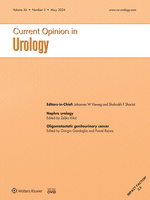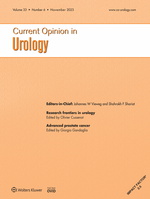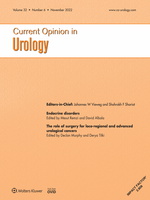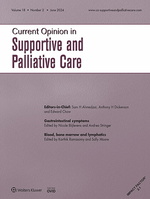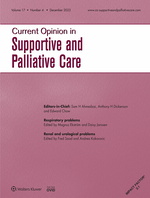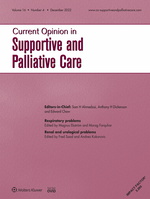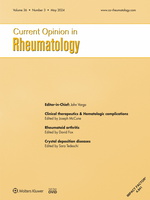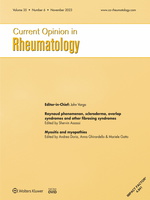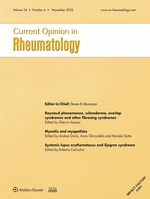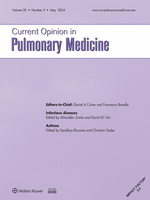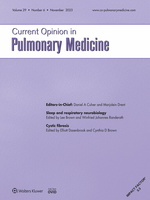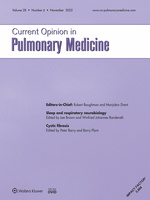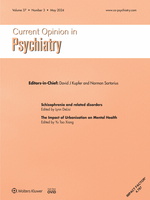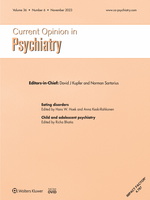Indian Heart Journal (IHJ): Nurturing Global Cardiovascular Research
Indian Heart Journal (IHJ) proudly stands as the official peer-reviewed open-access journal of the Cardiological Society of India, extending its reach to researchers worldwide. This platform welcomes articles for publication from across the globe, emphasizing its commitment to fostering high-quality research and serving as a vital conduit for the dissemination of scientific information in cardiology.
Key Aspects of Indian Heart Journal (IHJ):
- Global Acceptance: IHJ opens its doors to contributors globally, reflecting its commitment to inclusivity and the acknowledgment of diverse perspectives in the realm of cardiology.
- Promotion of Research Excellence: IHJ aims to elevate the standards of research by promoting high-quality studies, providing researchers with a platform to showcase their contributions to the field of cardiology.
- Focus on South Asia: While IHJ embraces global contributions, it maintains a particular focus on South Asia, ensuring that the journal serves as a hub for research relevant to this region.
- Scope of Coverage: IHJ spans an extensive array of topics, including both clinical and non-clinical cardiology. From heart failure and coronary artery disease to interventional cardiology, cardiac surgery, valvular heart disease, pulmonary hypertension, and infective endocarditis, the journal covers a diverse range of cardiovascular subjects.
- Open Access Model: IHJ adopts an open-access model, making its content freely accessible to a global audience. This model enhances the dissemination of scientific knowledge and encourages wider engagement with the research community.
- Publication Types: IHJ invites a variety of article types, such as original research articles, research briefs, perspectives, case reports, case vignettes, cardiovascular images, graphics, research letters, correspondence, reader forum contributions, and interesting photographs.
- Special Issues: The journal occasionally publishes theme-based special issues, providing a focused exploration of specific areas within cardiology. Additionally, IHJ features abstracts of papers presented at the annual conference of the Cardiological Society of India.
- Indexing: IHJ has gained recognition through indexing in reputable databases such as Scopus, Medline, PubMed, Web of Science, Emerging Sources Citation Index, and Embase. This indexing enhances the journal’s visibility and accessibility to researchers and practitioners.
- Dual Format: IHJ is available in both print and online formats, ensuring flexibility in accessing its content.
- Companion Title: IHJ Cardiovascular Case Reports serves as a companion title, welcoming case reports, disciplinary dialogues, forum contributions, commentaries, question and answer schemes, and words of wisdom.
- English Language Requirement: IHJ expects submissions to be in the English language, facilitating effective communication within the global scientific community.
By embodying these key characteristics, IHJ continues to play a crucial role in advancing cardiovascular research, contributing to the growth of knowledge in cardiology on a global scale.
Volume 74, Issue 1: Pages 1-80 (January–February 2022)
Volume 74, Issue 2: Pages 81-154 (March–April 2022)
Volume 74, Issue 3: Pages 155-264 (May–June 2022)
Volume 74, Issue 4: Pages 265-340 (July–August 2022)
Volume 74, Issue 5: Pages 341-430 (September–October 2022)
Volume 74, Issue 6: Pages 431-526 (November–December 2022)
Volume 75, Issue 1: Pages 1-90 (January–February 2023)
Volume 75, Issue 2: Pages 91-160 (March–April 2023)
Volume 75, Issue 3: Pages 161-216 (May–June 2023)
Volume 75, Issue 4: Pages 217-310 (July–August 2023)
Volume 75, Issue 5: Pages 313-390 (September–October 2023)
Volume 75, Issue 6: Pages 391-476 (November–December 2023)
Volume 76, Issue 1: Pages 1-70 (January–February 2024)
Volume 76, Issue 2: Pages 71-146 (March–April 2024)
Volume 76, Issue 3: Pages 147-228 (May–June 2024)
Volume 76, Issue 4: Pages 229-308 (July–August 2024)
Volume 76, Issue 5: Pages 309-364 (September–October 2024)
| Volume | Volume 74, Issue 1: Pages 1-80 (January–February 2022), Volume 74, Issue 2: Pages 81-154 (March–April 2022), Volume 74, Issue 3: Pages 155-264 (May–June 2022), Volume 74, Issue 4: Pages 265-340 (July–August 2022), Volume 74, Issue 5: Pages 341-430 (September–October 2022), Volume 74, Issue 6: Pages 431-526 (November–December 2022), Volume 75, Issue 1: Pages 1-90 (January–February 2023), Volume 75, Issue 2: Pages 91-160 (March–April 2023), Volume 75, Issue 3: Pages 161-216 (May–June 2023), Volume 75, Issue 4: Pages 217-310 (July–August 2023), Volume 75, Issue 5: Pages 313-390 (September–October 2023), Volume 75, Issue 6: Pages 391-476 (November–December 2023), Volume 76, Issue 1: Pages 1-70 (January–February 2024), Volume 76, Issue 2: Pages 71-146 (March–April 2024), Volume 76, Issue 3: Pages 147-228 (May–June 2024), Volume 76, Issue 4: Pages 229-308 (July–August 2024), Volume 76, Issue 5: Pages 309-364 (September–October 2024) |
|---|
Related Products
Journals/Articles
Journals/Articles
Cardiovascular Revascularization Medicine: Interesting Cases PDF
Journals/Articles
Journals/Articles
Journals/Articles
Journals/Articles
Journals/Articles
Journals/Articles
Journals/Articles
Journals/Articles
Journals/Articles
Journals/Articles
Journals/Articles
Journals/Articles
Journals/Articles
Journals/Articles
Journals/Articles
Journals/Articles
Journals/Articles
Journals/Articles
Journals/Articles
Journals/Articles
Journals/Articles
Technical Innovations & Patient Support in Radiation Oncology PDF
Journals/Articles
Journals/Articles
Journals/Articles
Journals/Articles
Journals/Articles
Journals/Articles
Journals/Articles
Journals/Articles
Journals/Articles
Journals/Articles
The American Journal of Geriatric Psychiatry: Open Science, Education, and Practice PDF
Journals/Articles
Journals/Articles
Journals/Articles
Journals/Articles
Journals/Articles
Journals/Articles
Journals/Articles
Journals/Articles
Journals/Articles
Journals/Articles
Journals/Articles
First Nations Health and Wellbeing – The Lowitja Journal PDF
Journals/Articles
Journals/Articles
Journals/Articles
Journals/Articles
Journals/Articles
Journals/Articles
Journals/Articles
Journals/Articles
Journals/Articles
Journals/Articles
Journals/Articles
Seminars in Thoracic and Cardiovascular Surgery: Pediatric Cardiac Surgery Annual PDF
Journals/Articles
Journals/Articles
Journals/Articles
Journals/Articles
Journals/Articles
The Journal of Allergy and Clinical Immunology: In Practice PDF
Journals/Articles
Journals/Articles
Journals/Articles
Journals/Articles
Journals/Articles
Journals/Articles
Journals/Articles
Dimensions of Critical Care Nursing: Volume 43 (1 – 3) 2024 PDF
Journals/Articles
Dimensions of Critical Care Nursing: Volume 42 (1 – 6) 2023 PDF
Journals/Articles
Dimensions of Critical Care Nursing: Volume 41 (1 – 6) 2022 PDF
Journals/Articles
Journals/Articles
Journals/Articles
Journals/Articles
Journals/Articles
Journals/Articles
Journals/Articles
Journals/Articles
Journals/Articles
Journals/Articles
Current Sports Medicine Reports: Volume 22 (1 – 12) 2023 PDF
Journals/Articles
Journals/Articles
Current Sports Medicine Reports: Volume 21 (1 – 12) 2022 PDF
Journals/Articles
Journals/Articles
Journals/Articles
Journals/Articles
Journals/Articles
Journals/Articles
Journals/Articles
Journals/Articles
Journals/Articles
Journals/Articles
Current Opinion in Pulmonary Medicine: Volume 30 (1 – 3) 2024 PDF
Journals/Articles
Current Opinion in Pulmonary Medicine: Volume 29 (1 – 6) 2023 PDF
Journals/Articles
Current Opinion in Pulmonary Medicine: Volume 28 (1 – 6) 2022 PDF
Journals/Articles
Journals/Articles



